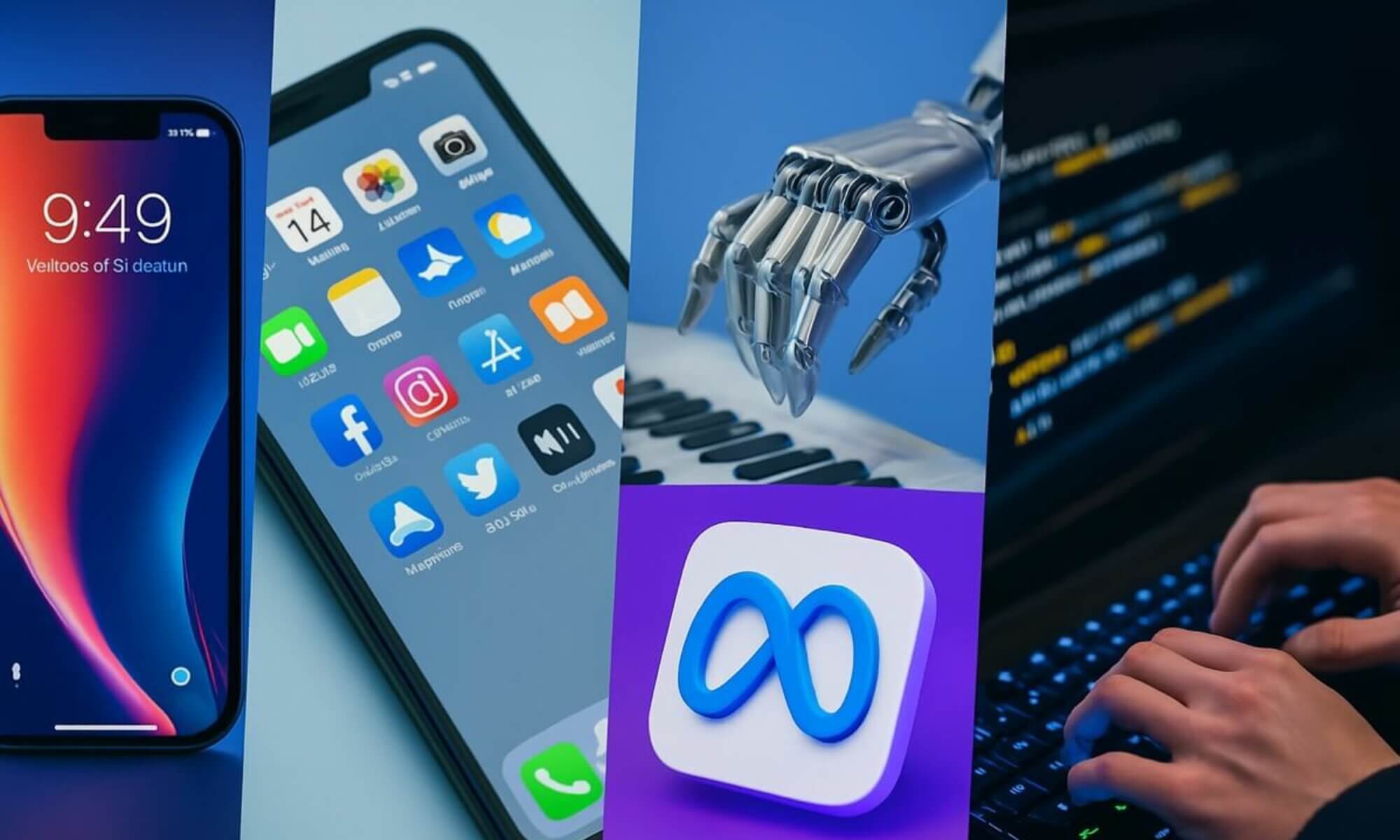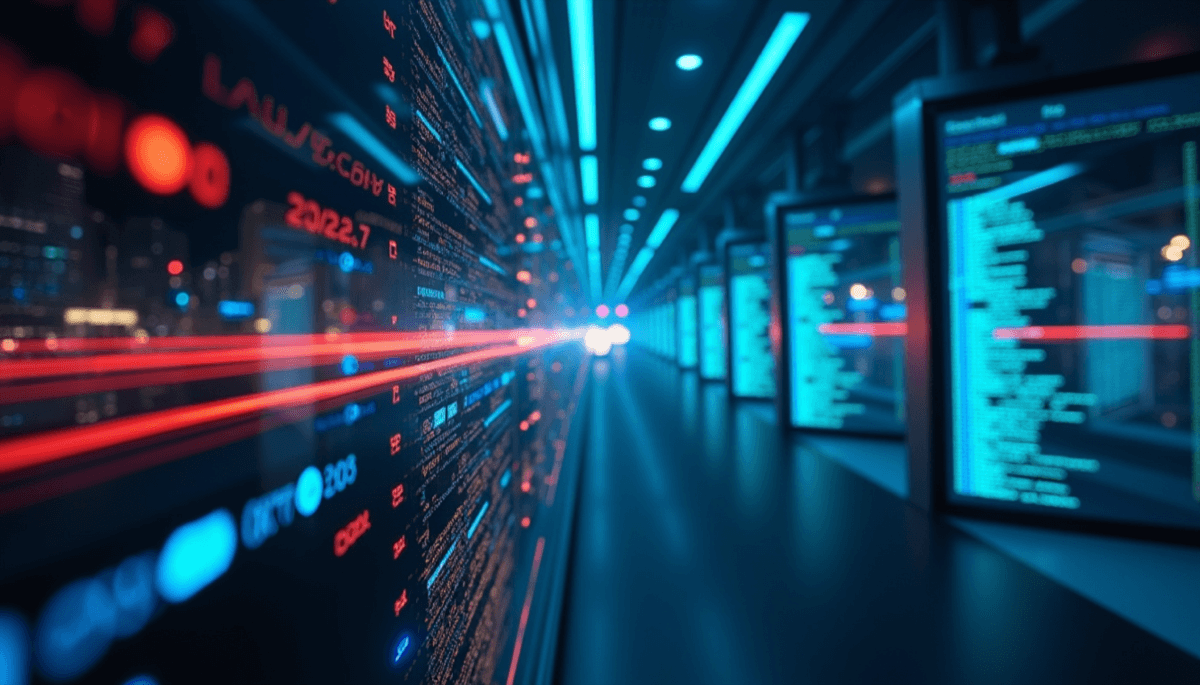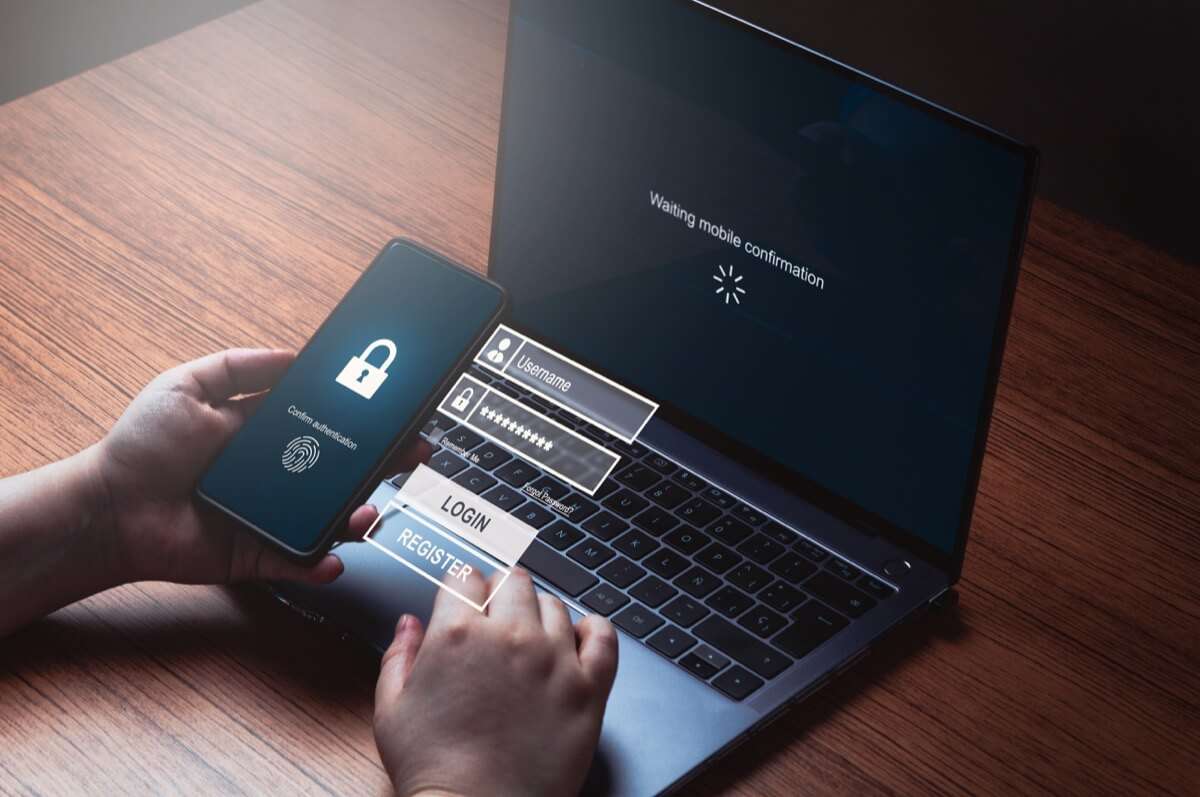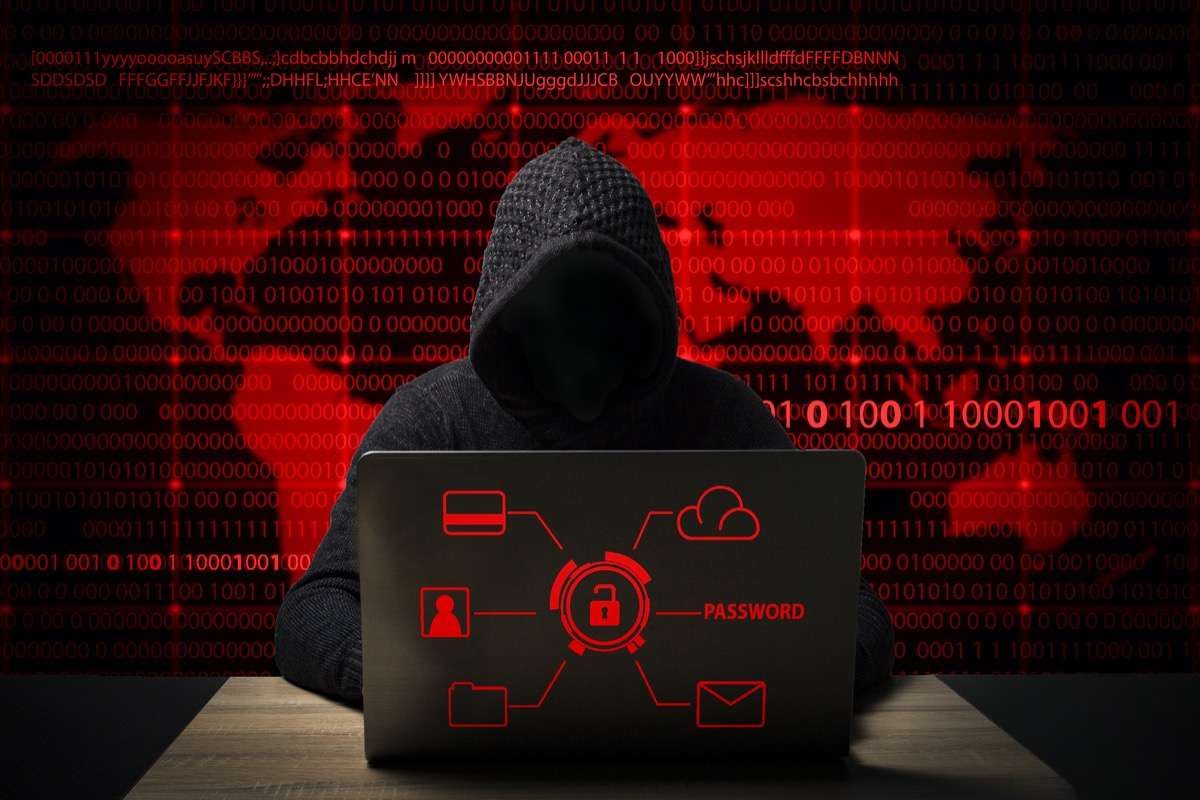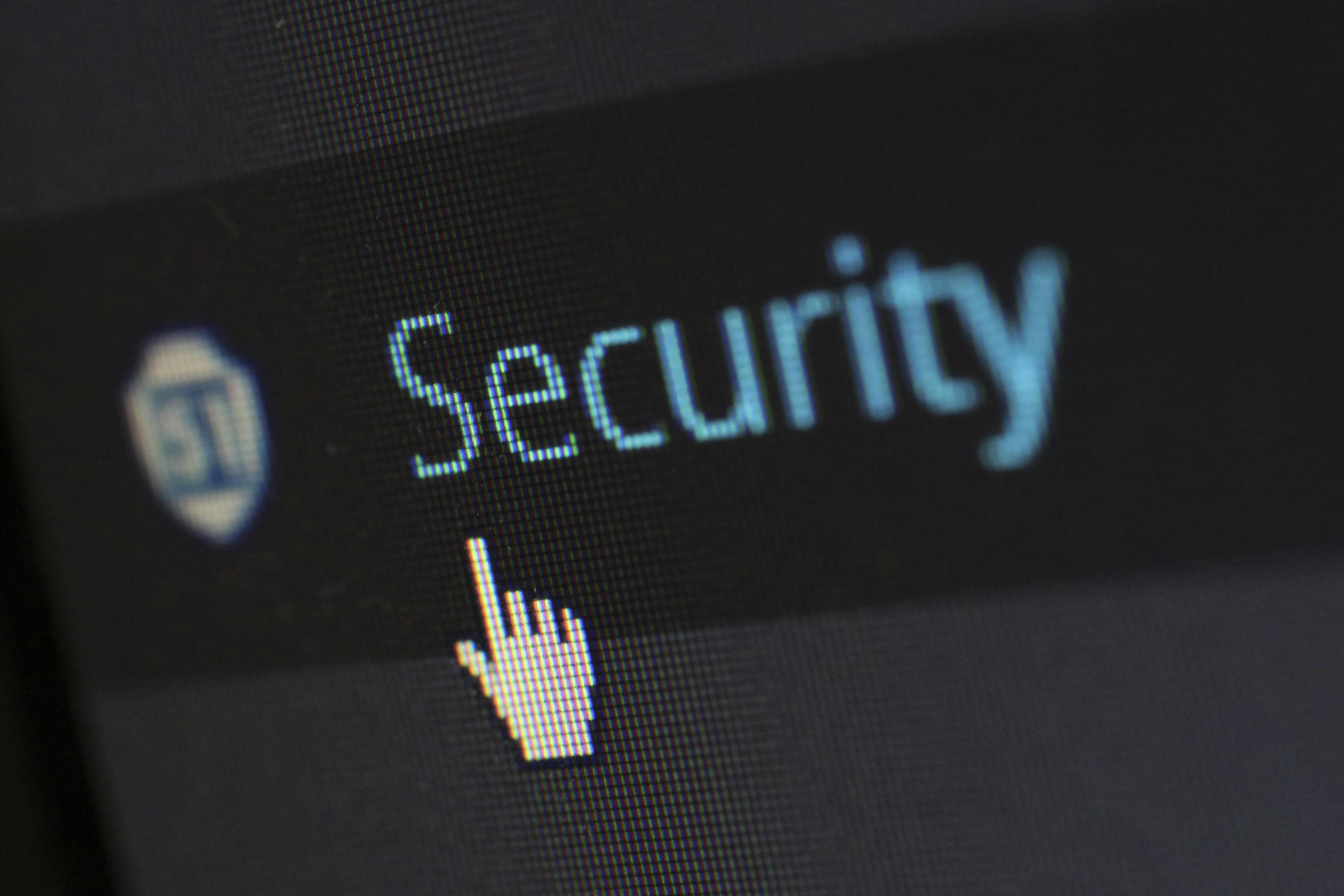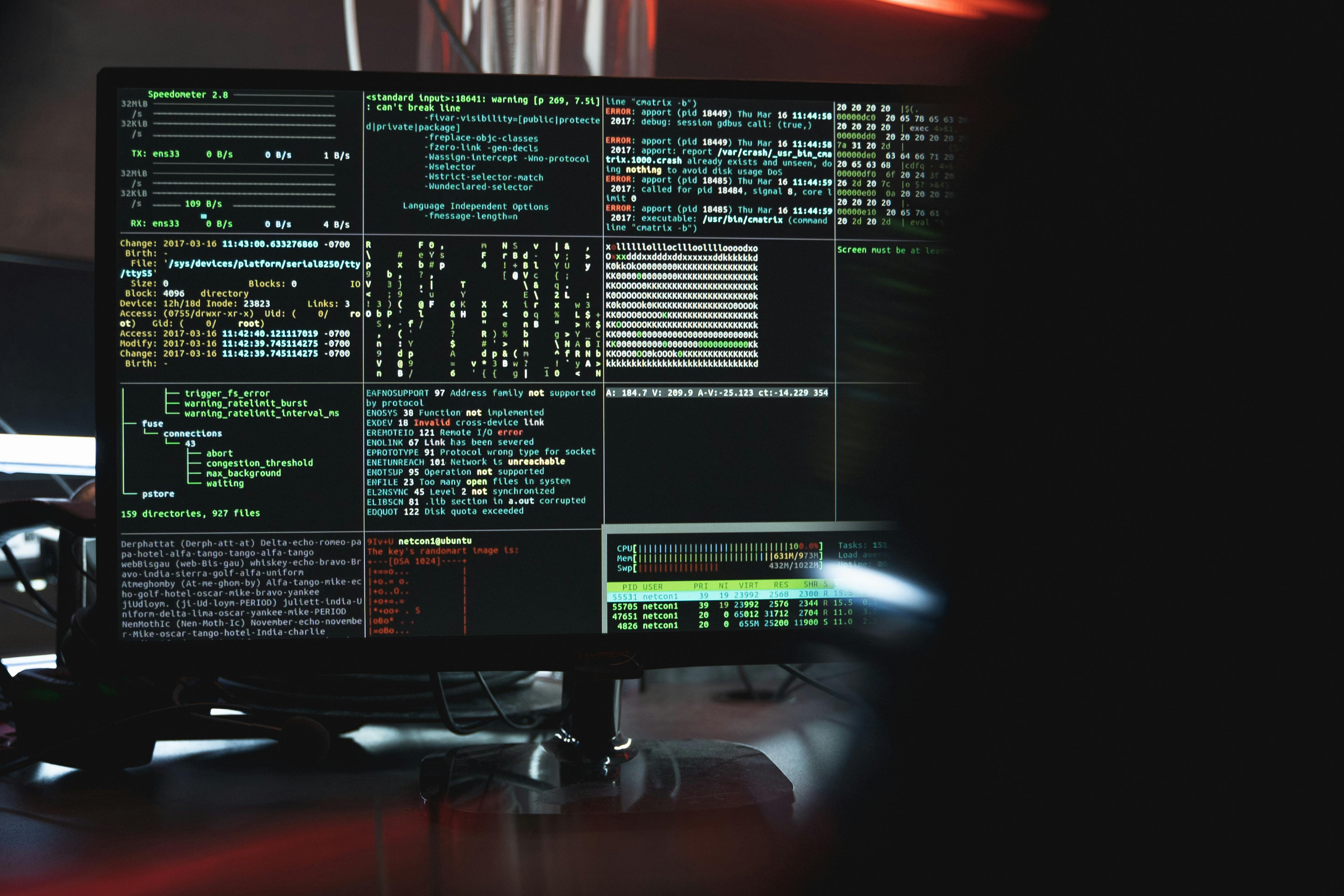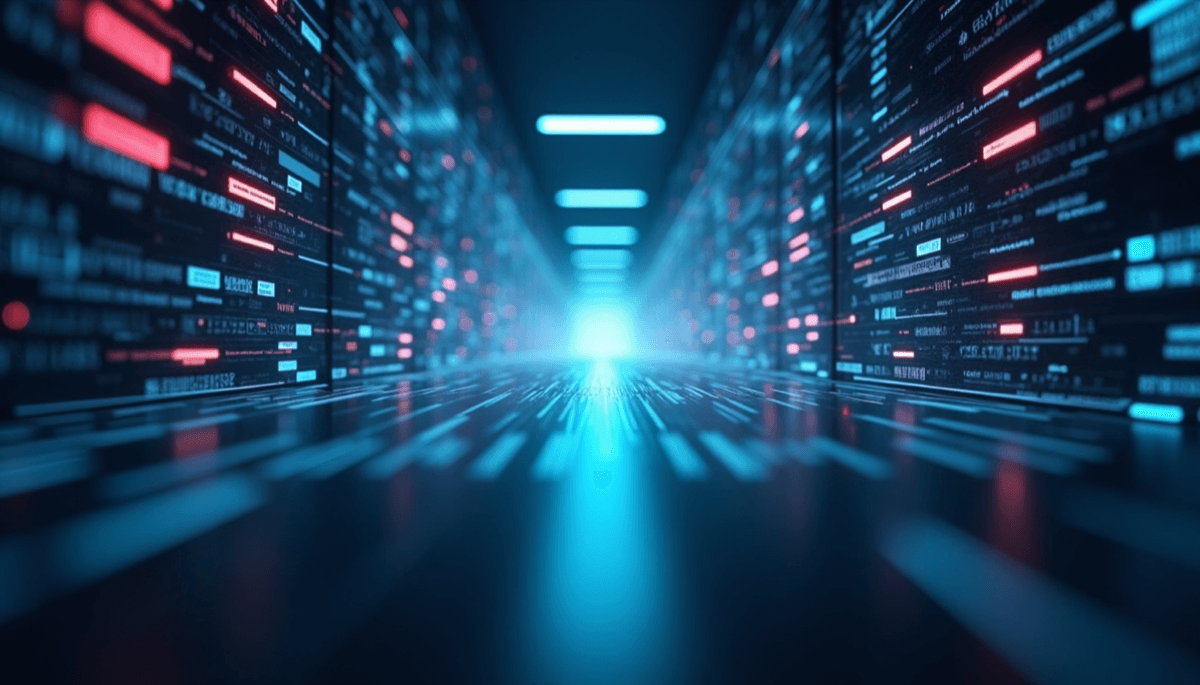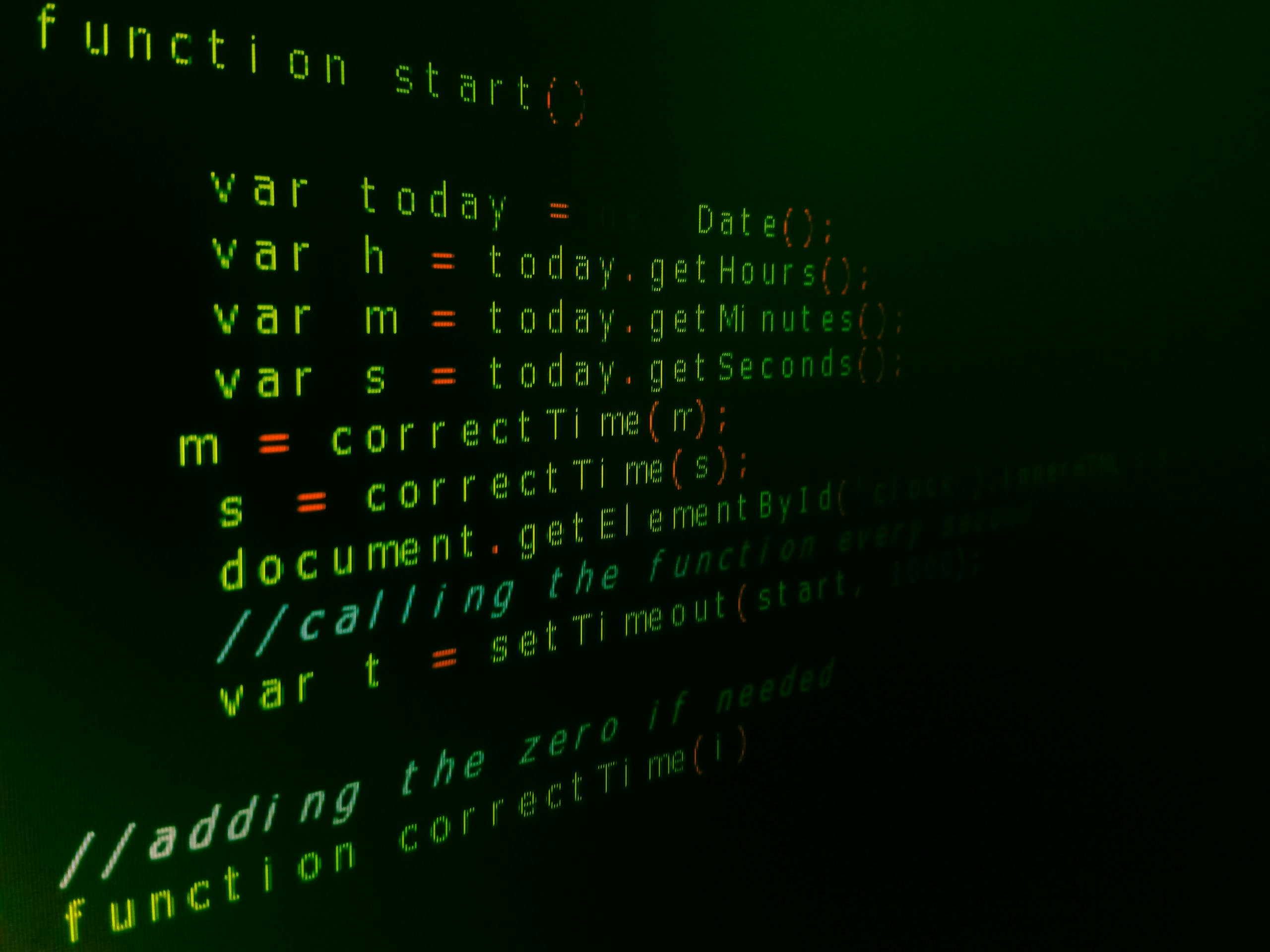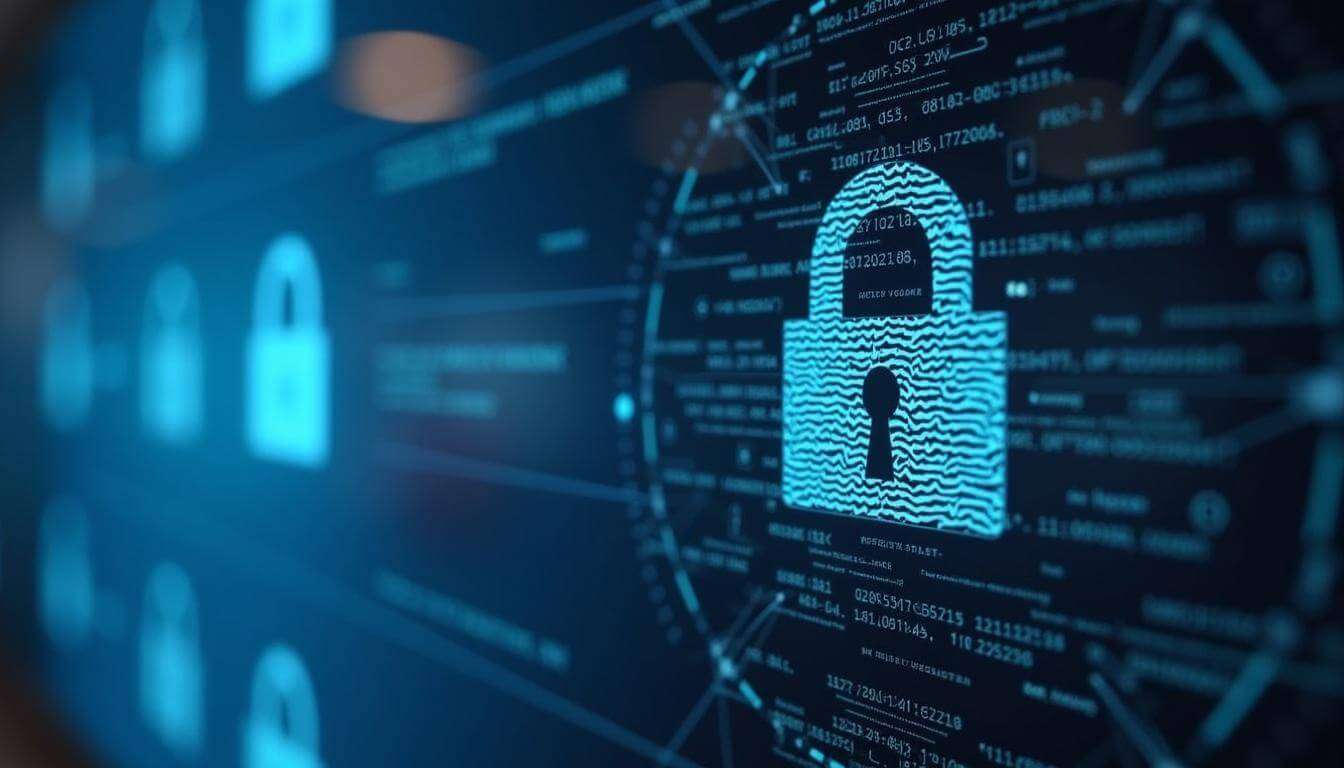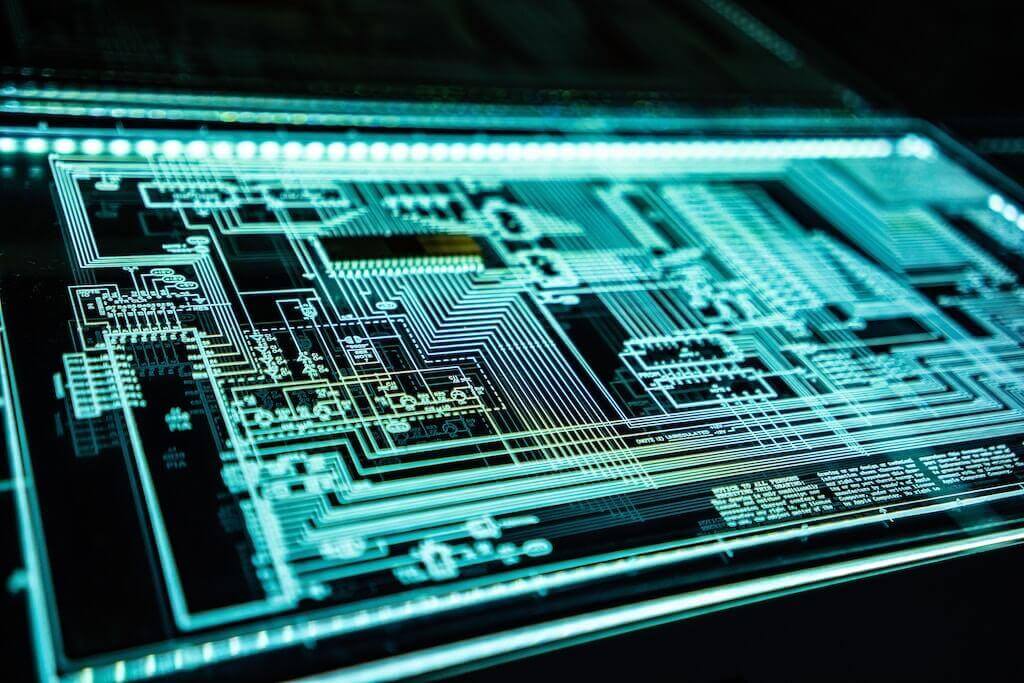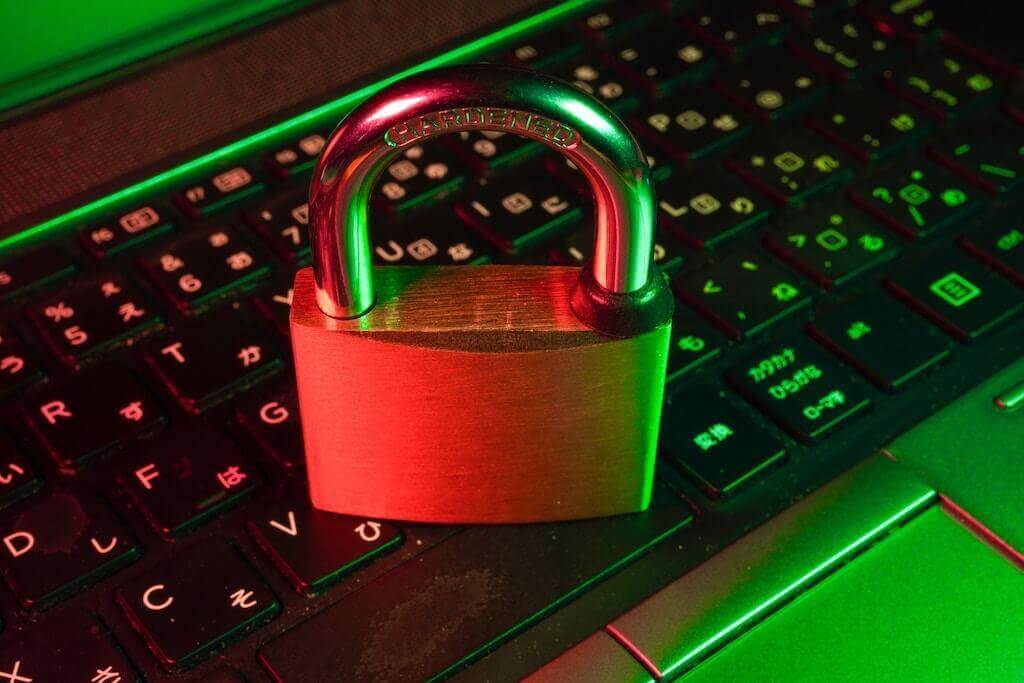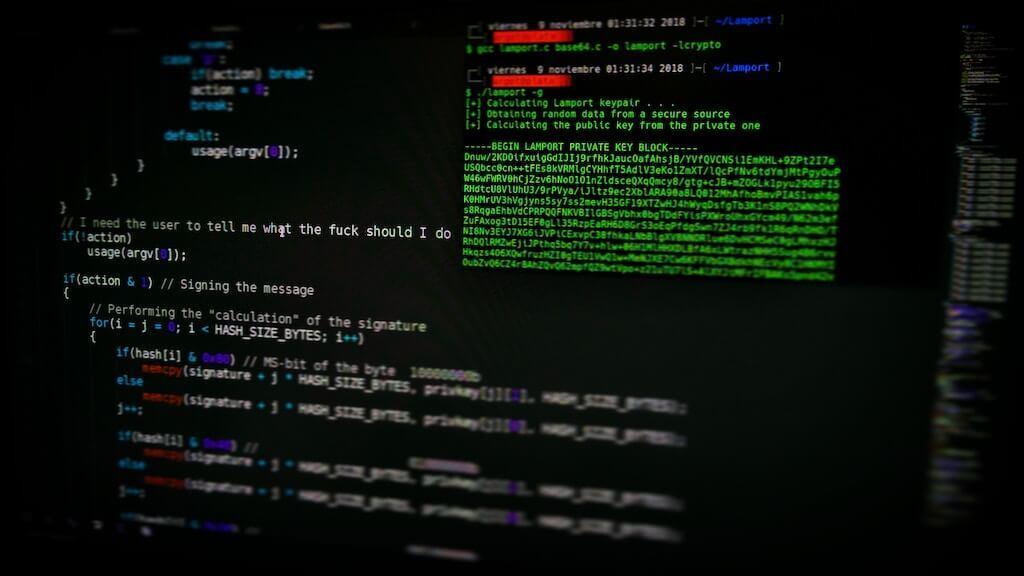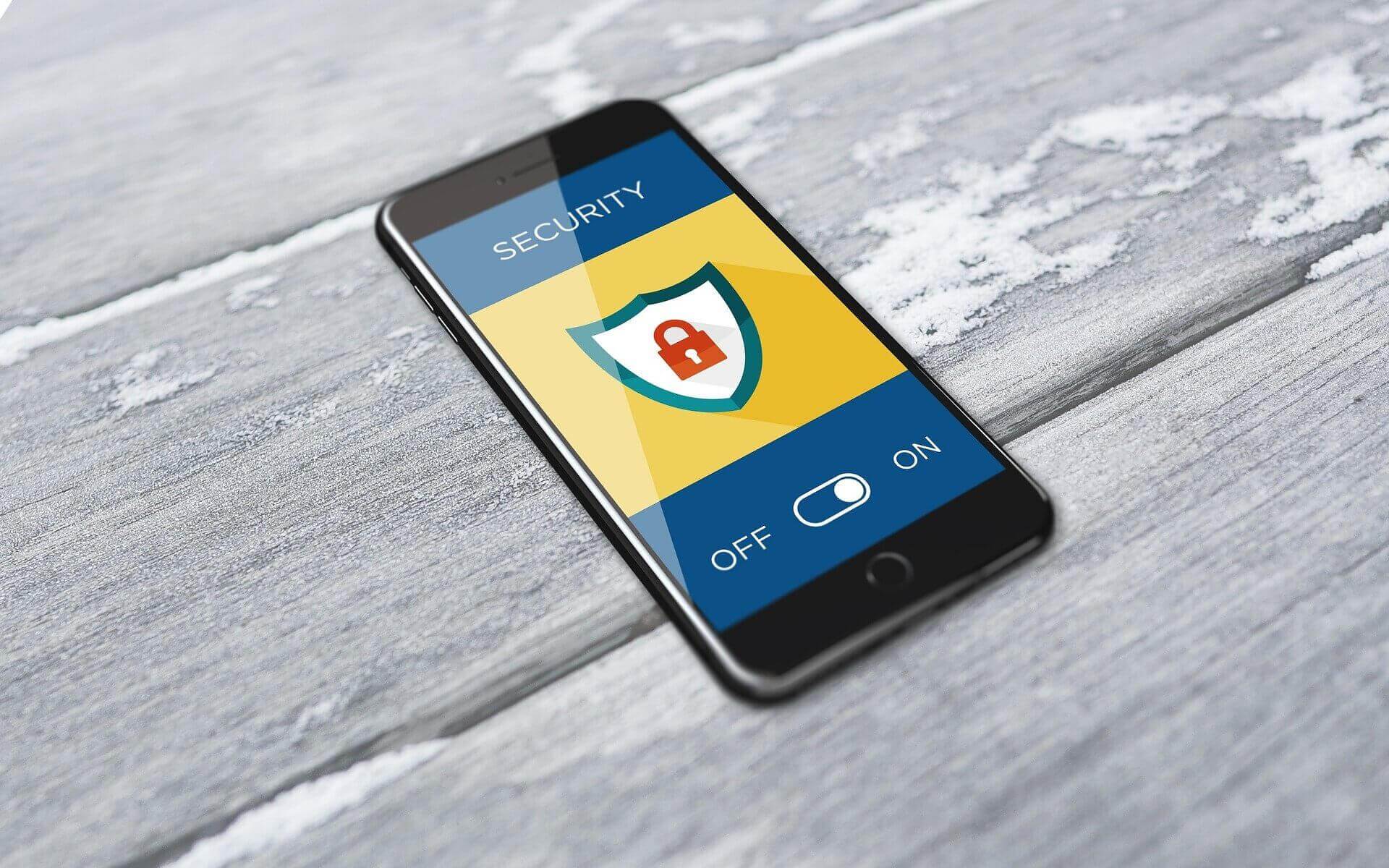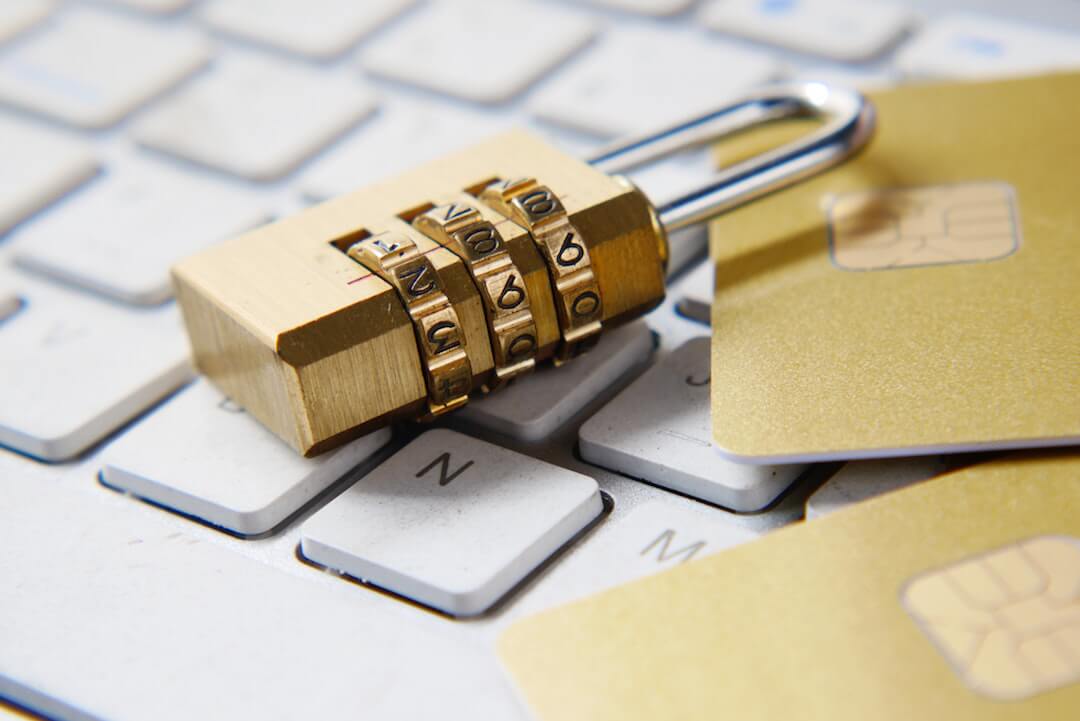Ensure the effectiveness of your cybersecurity tools in protecting your data. Learn key factors to consider and evaluate their performance in this post.
In today’s interconnected world, where data breaches and cyber threats are on the rise, ensuring the safety and security of your sensitive information has become more important than ever. With numerous cybersecurity tools available in the market, it is crucial to assess whether these tools are effectively protecting your data. This article examines the efficiency of your chosen cybersecurity tools and highlights the key factors to consider when evaluating their performance. By gaining a comprehensive understanding of the effectiveness of your cybersecurity tools, you can take proactive measures to safeguard your valuable data from potential threats.
Introduction
Understanding the importance of cybersecurity
In today’s digital age, cybersecurity has become a critical concern for individuals and organizations alike. With the increasing frequency and severity of cyber threats, protecting sensitive data has become a top priority. Cybersecurity refers to the measures and practices taken to safeguard digital assets from unauthorized access, data breaches, and other malicious activities. It encompasses various tools, technologies, and strategies that are designed to detect, prevent, and mitigate cyber threats.
The role of cybersecurity tools in data protection
Cybersecurity tools play a crucial role in data protection by providing an extra layer of security against cyber threats. These tools encompass a wide range of software and hardware solutions that are specifically designed to safeguard networks, systems, and data from unauthorized access, malware, and other malicious activities. With the increasing sophistication of attacks, having strong protection against cybersecurity threats is more critical than ever. Advanced security measures, such as AI-driven threat detection and multi-factor authentication, help organizations stay ahead of evolving risks. By implementing the right cybersecurity tools, organizations can significantly reduce the risks of data breaches, financial losses, and reputational damage.
Types of Cybersecurity Tools
Firewalls
Firewalls act as a barrier between a trusted internal network and an untrusted external network, such as the internet. They monitor incoming and outgoing network traffic based on predefined security rules. Firewalls effectively block unauthorized access and prevent malicious activities from entering or leaving the network.
Antivirus and Anti-malware software
Antivirus and anti-malware software protects systems and devices from viruses, worms, spyware, ransomware, and other malicious software. These tools detect, quarantine, and remove malicious files, ensuring that computers and networks remain secure.
Intrusion Detection Systems (IDS)
Intrusion Detection Systems monitor network traffic for suspicious activities, such as unauthorized access attempts or anomalies in network behavior. IDS can either be network-based or host-based, with the former monitoring network traffic and the latter monitoring activities on individual devices.
Virtual Private Networks (VPNs)
VPNs provide secure remote access to networks by creating an encrypted tunnel between the user’s device and the network. This ensures that data transmitted between the user and the network remains protected from potential eavesdropping or unauthorized access.
Data Loss Prevention (DLP) solutions
DLP solutions are designed to prevent sensitive data from being leaked or stolen. These tools monitor and control data movement, both within the organization and outside of it, ensuring compliance with data protection regulations and preventing data breaches.
Encryption tools
Encryption tools protect data by converting it into an unreadable format, known as ciphertext. Encrypted data can only be deciphered using a decryption key, ensuring that even if it is intercepted, it remains protected from unauthorized access.
Security Information and Event Management (SIEM) systems
SIEM systems collect and analyze security event logs from various sources, such as firewalls, antivirus software, and intrusion detection systems. They provide real-time monitoring, threat detection, and incident response capabilities, enabling organizations to respond promptly to security incidents.
Patch Management Tools
Patch management tools regularly scan systems and applications for vulnerabilities and ensure that the latest security patches and updates are installed. These tools help protect against known vulnerabilities that hackers often exploit.
Multi-factor Authentication (MFA) solutions
MFA solutions add an extra layer of security to user authentication by requiring multiple factors, such as a password, a unique token, or a biometric verification. By combining multiple factors, MFA solutions significantly reduce the risks of unauthorized access.
Endpoint Security Solutions
Endpoint security solutions protect individual devices, such as laptops, desktops, and mobile devices, from cybersecurity threats. These solutions often include antivirus software, firewall protection, and other security features. Endpoint security is crucial since these devices are often the first point of entry for cyberattacks.
Features to Consider
Compatibility and Integration
When selecting cybersecurity tools, it is important to consider their compatibility and integration capabilities with existing systems and infrastructure. Seamless integration ensures that the tools work effectively alongside other security measures, reducing any potential vulnerabilities.
Scalability and Performance
Cybersecurity tools should be scalable to accommodate the organization’s growth and changing security needs. They should also perform efficiently without causing significant network slowdowns or system disruptions.
User-Friendliness
A user-friendly interface and intuitive controls are essential for effective utilization of cybersecurity tools. The ease of use ensures that administrators can configure and manage the tools without extensive technical expertise.
Real-time Monitoring and Alerts
Cybersecurity tools should provide real-time monitoring capabilities, allowing organizations to detect threats as they occur. Additionally, they should generate alerts and notifications to prompt immediate action in response to potential security breaches.
Incident Response and Remediation
In the event of a security incident, cybersecurity tools should provide incident response and remediation capabilities. This includes identifying the source of the breach, containing the damage, and restoring systems to their normal functioning state.
Reporting and Analytics
Comprehensive reporting and analytics features are essential for tracking and assessing the effectiveness of cybersecurity tools. These capabilities provide insights into security incidents, vulnerabilities, and emerging threats, enabling organizations to make informed decisions to enhance their security posture.
Threat Intelligence
Cybersecurity tools should leverage threat intelligence to proactively identify and mitigate emerging threats. The integration of threat intelligence feeds and data enhances the tools’ ability to detect and respond to new and evolving cyber threats.
Automated Updates
Cybersecurity tools should have automated update mechanisms to ensure that they are always equipped with the latest security patches and signature updates. Timely updates are crucial for protecting against new vulnerabilities and emerging threats.
Vendor Reputation and Support
Considering the reputation and track record of the cybersecurity tool vendor is important when making purchasing decisions. A reputable vendor with a strong commitment to customer support will provide ongoing assistance and guidance throughout the deployment and maintenance process.
Cost and Pricing Models
The cost and pricing models associated with cybersecurity tools should be carefully evaluated to ensure that they align with the organization’s budget and requirements. It is important to strike a balance between cost and the level of protection provided by the tools.
Evaluating the Effectiveness
Testing and Assessing the Tools
Before deploying cybersecurity tools, it is essential to conduct thorough testing and assessment to ensure their effectiveness. This includes simulating various cyber threats and evaluating the tools’ ability to detect and respond to those threats.
Comparing Against Industry Standards
Comparing cybersecurity tools against industry standards and best practices provides a benchmark for evaluating their effectiveness. Standards such as ISO 27001, NIST Cybersecurity Framework, and PCI DSS can serve as reference points for assessing the capabilities of the tools.
Reviewing User Feedback and Ratings
User feedback and ratings can provide valuable insights into the performance and effectiveness of cybersecurity tools. Reviewing testimonials and feedback from other organizations using the tools can help in making informed decisions.
Assessing the Frequency of Updates
Regular and timely updates are vital for the effectiveness of cybersecurity tools. Assessing the frequency and reliability of updates provided by the vendors ensures that the tools are equipped to handle new and emerging threats.
Considering Past Breach Incidents
Analyzing past breach incidents and their impact can help identify any potential gaps in the existing security measures. Understanding the deficiencies that led to previous breaches can guide the selection and deployment of cybersecurity tools.
Consulting with Cybersecurity Experts
Engaging the expertise of cybersecurity professionals can provide valuable guidance in evaluating the effectiveness of cybersecurity tools. Experts can conduct comprehensive assessments and audits to identify any vulnerabilities and recommend the right tools for an organization’s specific needs.
Performance Monitoring and Benchmarking
Continuous performance monitoring and benchmarking allow organizations to gauge the effectiveness of cybersecurity tools over time. Regular assessments and measurements help identify any deterioration in performance and enable prompt corrective actions.
Common Limitations of Cybersecurity Tools
False Positives and Negatives
Cybersecurity tools may generate false positives, flagging legitimate activities as potential threats. Additionally, false negatives can occur when the tools fail to detect actual security incidents. Organizations must strike a balance between minimizing false positives without compromising true threat detection.
Inability to Detect Advanced Threats
Advanced cyber threats, such as zero-day exploits and sophisticated malware, can bypass traditional cybersecurity tools. These tools often rely on known attack patterns and signatures, making them less effective against emerging threats. Additional advanced threat detection mechanisms may be required to address this limitation.
Lack of Integration and Compatibility
Some cybersecurity tools may lack integration capabilities, making it challenging to coordinate and manage them effectively. The lack of compatibility between tools and existing systems can lead to inefficiencies and potential security gaps.
Resource Intensive Operations
Certain cybersecurity tools can consume significant computational resources, impacting system performance and productivity. Organizations must carefully assess the resource requirements of the tools to ensure they do not overwhelm the existing infrastructure.
Insufficient User Training and Awareness
Even the most advanced cybersecurity tools are ineffective without well-trained and aware users. Organizations should invest in comprehensive user training programs to ensure that employees understand the importance of cybersecurity and know how to utilize the tools effectively.
Dependency on Constant Updates
Cybersecurity tools heavily rely on regular updates to protect against emerging threats. However, organizations must ensure that they have sufficient resources and processes in place to keep the tools up-to-date consistently.
Limited Protection Against Insider Threats
Internal threats, such as malicious insiders or human error, pose a significant risk to data security. While cybersecurity tools play a role in mitigating insider threats, organizations must implement additional measures, such as access controls and employee monitoring, to address this limitation.
Budgetary Constraints
The cost of cybersecurity tools can be a limiting factor, particularly for smaller organizations with limited resources. Balancing budget constraints while ensuring effective protection requires careful consideration and strategic planning.
Building a Comprehensive Security Infrastructure
Implementing a Defense-in-Depth Strategy
A defense-in-depth strategy involves layering multiple security measures to provide comprehensive protection. Organizations should deploy a combination of physical, technical, and administrative controls to strengthen their overall security infrastructure.
Combining Multiple Layers of Protection
By integrating a variety of cybersecurity tools and solutions, organizations can create multiple layers of protection. This multi-tiered approach ensures that even if one layer is breached, other measures are in place to prevent further damage.
Continuous Monitoring and Vigilance
The cybersecurity landscape is constantly evolving, and organizations must adopt a proactive approach to monitoring and threat detection. Continuous monitoring enables early detection and rapid response to potential security incidents.
Regular Security Audits and Assessments
Periodic security audits and assessments help identify vulnerabilities, compliance gaps, and areas for improvement. By regularly evaluating the effectiveness of cybersecurity tools and practices, organizations can continually enhance their security posture.
Investing in Employee Cybersecurity Training
Employees play a vital role in maintaining data security. Organizations should invest in comprehensive cybersecurity training programs to educate employees about best practices, safe browsing habits, and the proper use of cybersecurity tools.
Developing an Incident Response Plan
Having a well-defined incident response plan is crucial for effectively managing and mitigating security incidents. The plan should outline the steps to be taken, responsibilities, and communication protocols in the event of a breach.
Adopting Industry Best Practices
Keeping up with industry best practices and standards ensures that organizations are implementing the most effective cybersecurity measures. Staying informed about emerging threats and technologies helps organizations adapt to the evolving threat landscape.
Establishing Partnerships and Collaboration
Engaging in partnerships and collaborations with industry peers, cybersecurity vendors, and government agencies can enhance an organization’s security capabilities. Sharing threat intelligence and best practices fosters collective defense against cyber threats.
Staying Informed and Up-to-date
Cybersecurity is a rapidly evolving field, and organizations must stay informed about the latest trends, vulnerabilities, and best practices. Engaging with cybersecurity communities, attending conferences, and subscribing to reputable sources of information helps organizations remain current.
Considering Managed Security Services
For organizations lacking the expertise or resources to manage cybersecurity internally, leveraging managed security services can be an effective option. Managed service providers offer specialized expertise, 24/7 monitoring, incident response, and ongoing support.
This image is property of pixabay.com.
The Future of Cybersecurity Tools
Artificial Intelligence and Machine Learning
Artificial intelligence and machine learning technologies are increasingly being integrated into cybersecurity tools. These technologies enhance threat detection capabilities and allow for real-time analysis of vast amounts of data to identify and respond to emerging threats.
Behavioral Analytics
Behavioral analytics tools analyze user behavior patterns to identify anomalies and potential security threats. By understanding what is normal behavior for individuals and systems, these tools can detect deviations that may signify a security incident.
Quantum Computing Impact
The emergence of quantum computing may disrupt current cryptographic algorithms, rendering some existing cybersecurity tools less effective. Organizations need to stay aware of the potential impact and developments in quantum computing to ensure their security measures remain robust.
Cloud Security Advances
As more organizations migrate their systems and data to the cloud, cloud security tools and technologies are rapidly advancing. These tools provide enhanced visibility, control, and protection for cloud-based assets, ensuring secure cloud environments.
Internet of Things (IoT) Security
With the proliferation of IoT devices, securing these interconnected and vulnerable endpoints has become a priority. IoT security tools are being developed to detect and respond to threats targeting IoT devices, protecting critical infrastructure and sensitive data.
Biometric Authentication
Biometric authentication, such as fingerprint or facial recognition, offers a more secure method of user verification. Cybersecurity tools incorporating biometric authentication add an additional layer of protection against unauthorized access.
Threat Intelligence Sharing
Collaboration and sharing of threat intelligence between organizations are becoming increasingly important in combating cyber threats. Tools and platforms are being developed to facilitate the secure exchange of threat intelligence, enabling organizations to stay ahead of emerging threats.
Regulatory and Compliance Requirements
The evolving landscape of data protection regulations and compliance requirements necessitates the development of cybersecurity tools that adhere to these standards. Organizations must ensure that their cybersecurity tools meet the compliance requirements relevant to their industry and geographic location.
Constant Evolution and Innovation
Cybersecurity tools need to constantly evolve and adapt to keep up with sophisticated cyber threats. Continuous innovation is essential to stay one step ahead of cybercriminals and provide effective protection for organizations’ valuable data and assets.
Balancing Privacy and Security
As cybersecurity tools become more advanced, the challenge of balancing privacy and security becomes increasingly crucial. Organizations must strike a balance between collecting necessary data for security purposes while respecting individuals’ privacy rights.
Conclusion
Understanding the limitations and strengths of cybersecurity tools is essential for organizations to protect their valuable data and assets. Continuous improvement and adaptation of security measures, along with professional guidance and staying informed, are key to maintaining a robust defense against evolving cyber threats. By leveraging the right combination of cybersecurity tools, organizations can mitigate risks, safeguard their data, and maintain a secure digital environment.
